15 Innovative Retail Trends to Watch in 2020

As always, with a new year comes new trends in the world of retail and ecommerce. From innovative retail technologies to surprising new sales channels, here are 15 of the top innovative retail trends to keep an eye on in 2020.
While digital native brands like Bonobos, Glossier, Casper, and Warby Parker started online, many are launching and expanding their physical presence.
According to real estate experts, digitally native brands are predicted to open 850 brick-and-mortar stores in the next 5 years, with New York being the most popular destination.
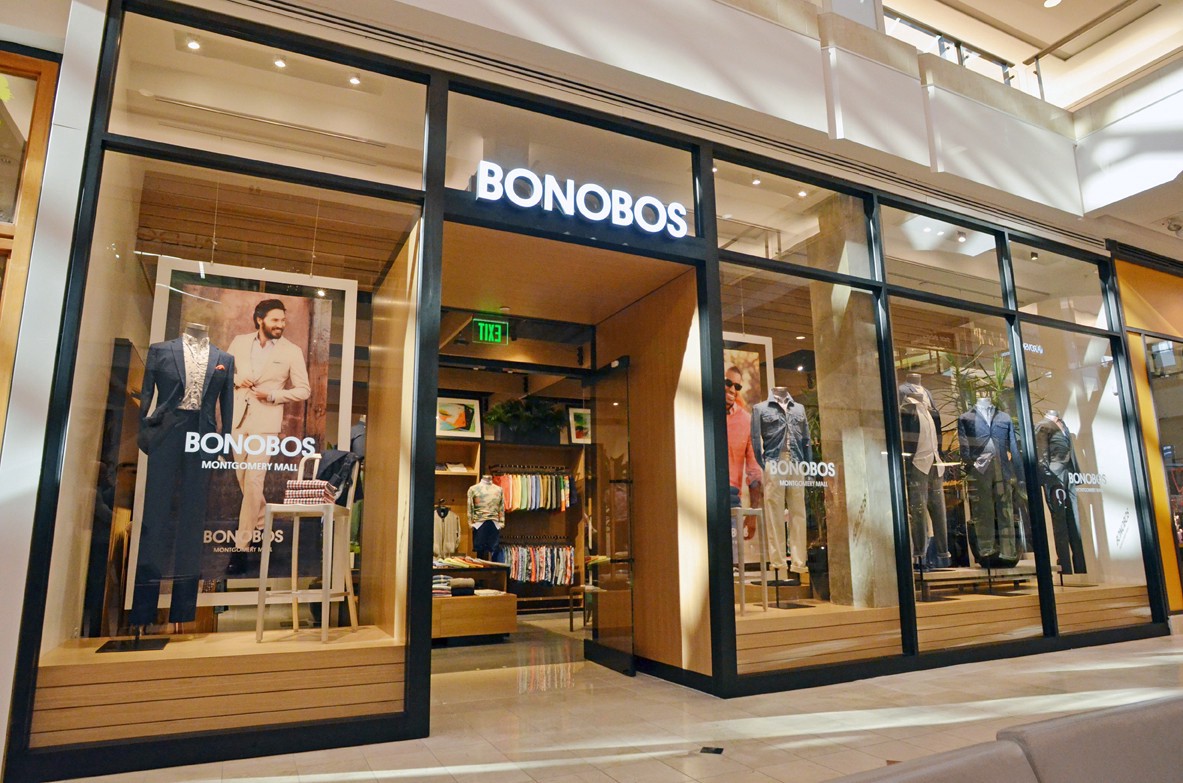
Most of the digital brands opening stores sell apparel, which makes sense; it’s a category where shoppers definitely benefit from interacting with the product in person. We’re sure to see plenty more storefronts from these ecommerce brands — apparel and other categories alike.
“We’ll continue to see marketplaces and traditional retailers converge. It’s happening both ways, where marketplaces like Amazon are moving to forms of traditional retail, and traditional retailers like Albertsons are making the move to marketplaces to stay relevant in the digital economy.”
– Greg Chapman, SVP Business Development, Avalara

The future is now: augmented reality (AR), machine learning, and artificial intelligence (AI) are here to stay. Retailers are leveraging AR technology to bridge the gap between the digital and the physical.
Mega-brands like Target, Lowes, and Amazon have launched AR features that allow shoppers to picture furniture in their homes. With the AR market anticipated to reach $133 billion by 2021, smaller retailers are undoubtedly close behind.

To help level the playing field, Shopify is making this innovative retail technology more accessible to smaller brands through Shopify AR (see below). This feature provides an easy-to-use toolkit for businesses to create their own AR experiences to showcase their products to customers using the Safari browser on iOS 12 devices.
One-of-a-kind products are a classic symbol of luxury: having something that nobody else in the world has.
Ecommerce and brick-and-mortar stores alike are offering more options than ever to customize your purchase, from monograms and embroidery to fully unique color schemes.
Customization lets shoppers purchase a product tailored specifically to their needs and style.

For example, Levi’s offers personalized embroidery on jeans and denim jackets, while NIKEiD lets shoppers completely customize their sneakers for a truly unique pair.
We asked Brooke Johnson, Custom Embroidery Specialist at Brooklyn Denim and Founder of Astoria Vintage Embroidery – why “customization” is expected to gain momentum in 2020:

“Major brands such as Levi’s are now offering personalized embroidery for a few reasons. It offers a unique one-of-a-kind look for your wardrobe and it lengthens the lifetime of a piece. You would think this would decrease sales, but if anything it’s shining a light on the creation of something new- and it’s become a craze.”
With the opening of Levis largest customization and tailor shop in Manhattan NY, people are becoming more aware of themselves and the clothing that they would have otherwise ditched in the trash.
“People have been chasing trends and still continue to do so, however, this idea of customization has become attractive because it allows the wearer to stand out in a sea of duplicates. Other brands such as Atelier and Repairs and Lot Stock&Barrel have based their entire company around this concept and it has only continued to grow.”
“Customization connects people to the idea that they can not only repair their clothing but they can revamp the entire look of it.”
Another AI-powered retail trend, visual search allows shoppers to find and buy a product just by snapping a photo. AI works its magic to identify the product (or similar ones) across multiple sites and retailers in just a click.
Pinterest’s Lens feature, for example, uses AI technology and the camera on the Pinterest App to search for visually similar pins. Searches on Lens increased 140% year-over-year between February 2017 and 2018, proving that visual search is more than just up-and-coming.
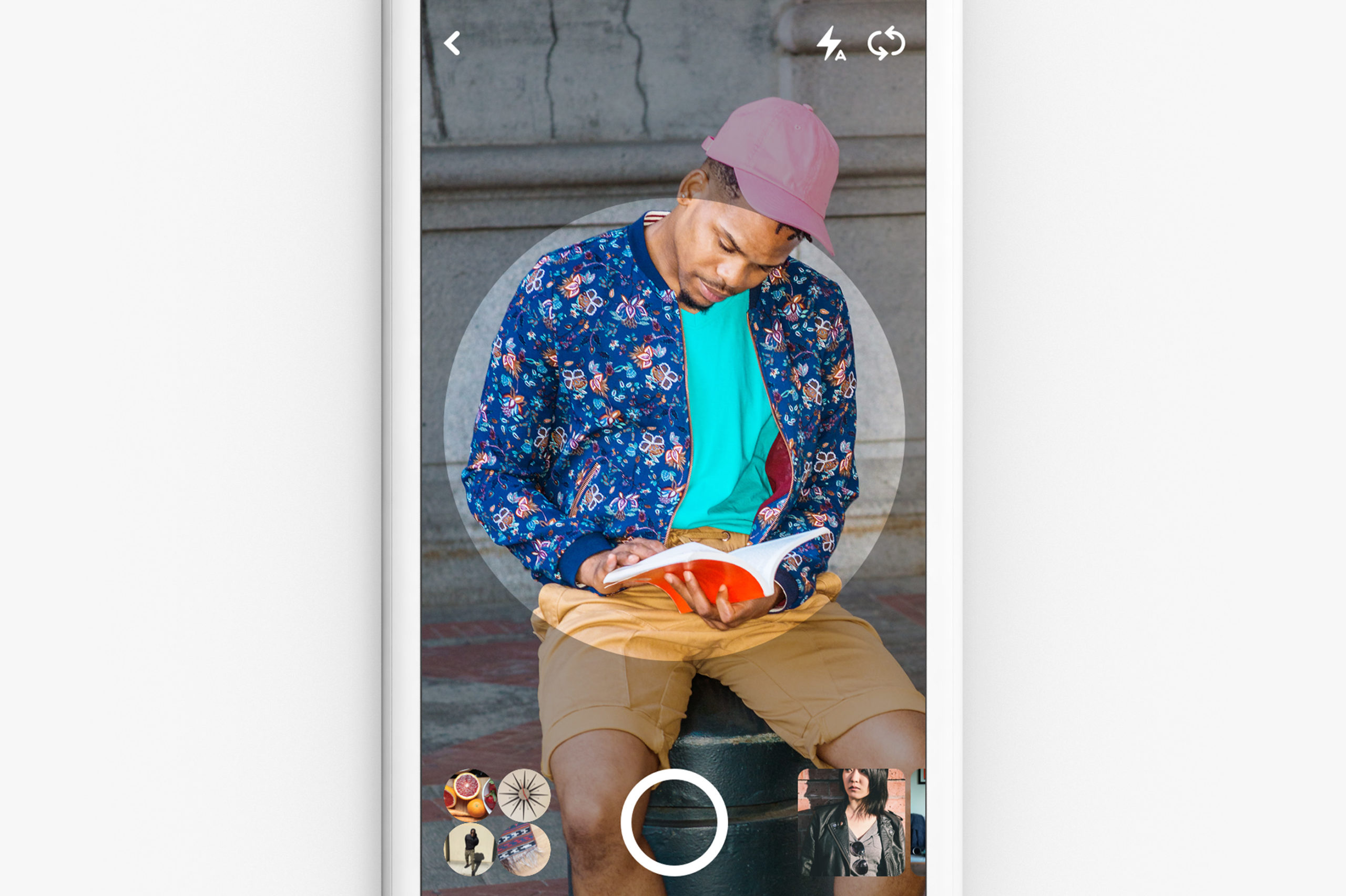
To benefit from visual search in 2020, retailers should make sure that their visual assets are high quality and current. AI-powered search is sure to become more and more common, making it easier for shoppers to find and buy what they want when they want.
The rise of omnichannel is sure to continue in 2020, so retailers need to offer a consistent buying experience across channels, both online and off.

As the lines between digital and physical shopping experiences blur, retailers need to make sure to be agile and responsive to customer needs with branded touchpoints at all parts of the buying journey.
“Consumers simply don’t think in terms of channels. This isn’t 1998. No one is sitting around and thinking, ‘Hey, I think I’ll do some online shopping.’ For many years, and certainly, in 2020, it’s all just ‘shopping.’
Shopping journeys now go through a variety of branded touchpoints, digital for sure, but physical touchpoints too, and they are nowhere near linear shopping journeys. Brands need to be nimble, agile and responsive to shopper needs, and they need to deliver seamless, friction-free paths for their shoppers to navigate.”
– Ray Hartjen, Marketing Director at RetailNext

Speaking of digital-gone-offline, pop-up shops are having a moment: according to Storefront, temporary retail is expected to generate $80 billion on an annual basis.
Temporary storefronts leverage the scarcity principle and the excitement of never before seen products to provide an experience that drives shoppers to show up — and buy.
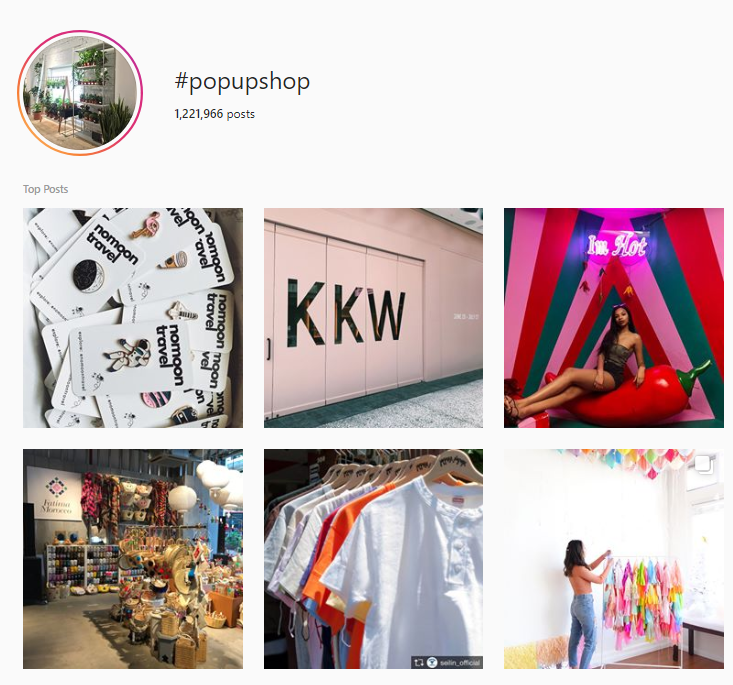
From Amazon to luxury fashion brands, retailers of all sizes are popping up across the country. These impeccably designed and curated shopping experiences engage customers are a great way to generate new revenue, interact with customers face-to-face, collect shopper data, and generate social buzz.
When it comes to online shopping, it seems like customer expectations for ship times are only getting faster. First came 2-day via the rise of Amazon Prime, then next-day. But in the age of instant gratification, shoppers want their orders ASAP.
PwC reports that 88% of consumers are willing to pay for same-day or faster delivery. From Amazon’s Prime Air, which uses drone technology to deliver shopper’s orders in 30 minutes or less, to the rise of delivery robot startups, delivery is only getting faster.
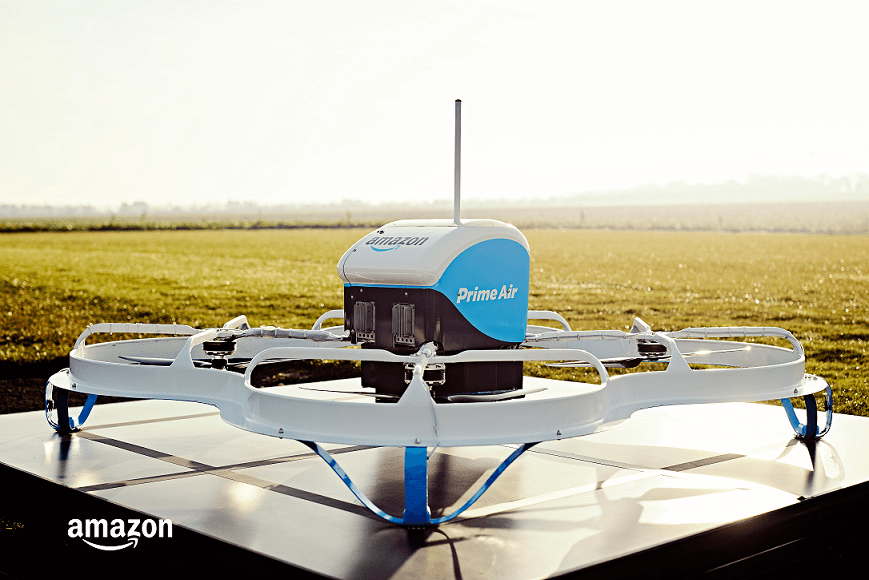
While same-day shipping is far from a new concept — as of 2018, 51% of ecommerce retailers already offered same-day delivery — we’re likely to see it become the norm and beyond as order fulfillment technology and standards evolve.

“If a shopper knows they can get free two-day shipping (or free same-day shipping) and the unmatched customer service experience they get with Amazon, they will often choose them over lesser-known retailers.”
– Pat Petriello, Head of Marketplace Strategy at Tinuiti
Ecommerce and social media are becoming intertwined. Shoppable Instagram posts and stories, in particular, have taken off in the last year, with 41% of ecommerce brands using this feature.
We know that consumers are heavily influenced by what they see on social media, especially from influencers; being able to buy directly on their social platform of choice is the next logical step in omnichannel commerce.
[optin-monster-shortcode id=”x7ckj1ewwo22f5nrgjks”]
2020 is a great time for retailers to get on board and leverage the social channels their customers already use.
Retailers can take advantage of the rise in social shopping by partnering with social media influencers and dedicating time and resources to building out shoppable social profiles, especially on Instagram and Pinterest.
To differentiate in today’s retail landscape, retailers have invested more resources than ever in private labels.
According to CB Insights, sales of private label products are growing three times faster than branded products. Private labels can help legacy brands stay relevant in a landscape where shoppers care more about quality and affordability than a brand name.
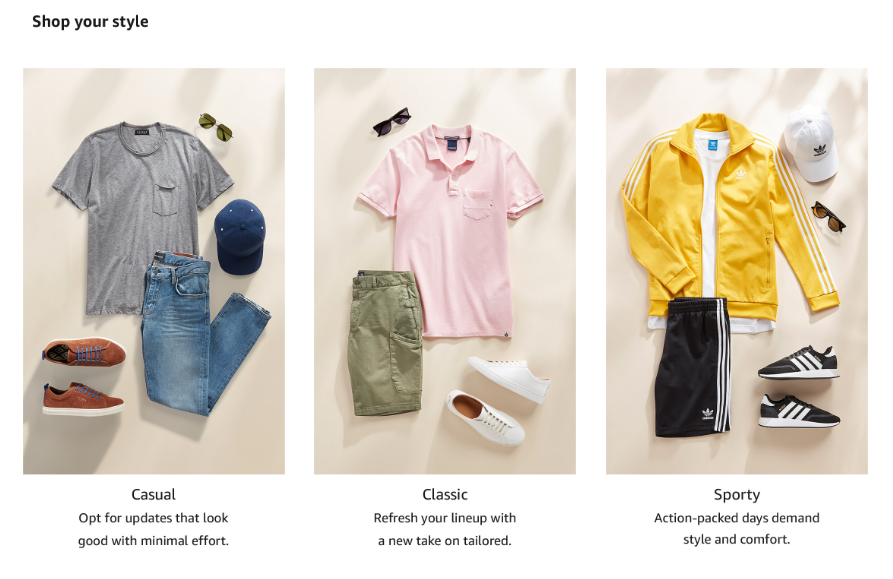
In the fashion industry especially, trends change so rapidly that retailers who don’t have control over their manufacturing and product lines can rapidly fall behind. Having full control over the design and supply chain helps brands stay ahead of the game.
As we move into 2020, keep an eye out for more private label brands that will leverage shoppers’ obsession with finding the balance of high quality and low price.
According to Forrester, shoppers are increasingly evaluating products and brands based on a company’s ethics and values. Consumers are becoming more and more conscious of the ethos behind the businesses they buy from.
Brands like The Body Shop and TOMS have always highlighted their values as a cornerstone of their business, but as consumers demand more transparency, brands who are less forthcoming will no longer be able to get away with hiding any sketchy business practices or environmentally unfriendly operations.
Offering genuine transparency and taking a stance on ethical issues can be risky for brands, but when done right, it can build lasting customer loyalty and trust.
One example of this is Stephanie Ertzberger, a first-time entrepreneur in San Diego who is on a mission to raise awareness about the harmful effects of clothing waste through the launch of her eco-friendly fitness apparel company – Perspective Fitwear.
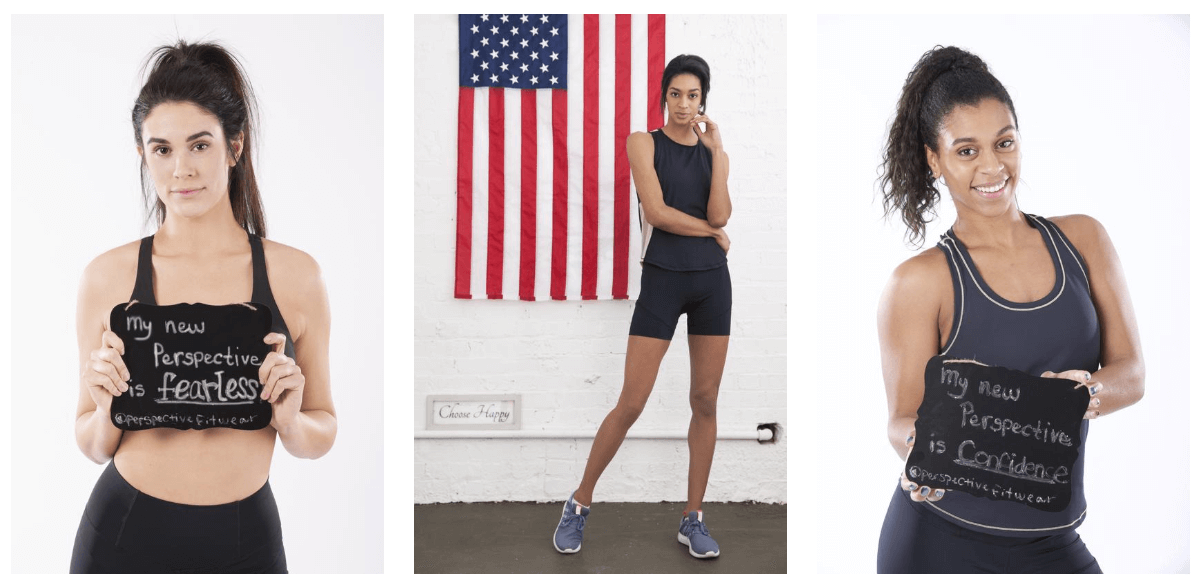
In the following interview, Ertzberger explains why she decided to develop an ethical fitness line of clothing for women, and how she is leveraging local marketing and advertising channels like Facebook, Instagram and Amazon to educate & empower her target audience today.
Online advertising has always been an important part of any brand’s marketing strategy. But their value–and the demand for them–has been increasing in recent years.
As it relates to the Amazon Marketplace – this is reflected in the surge in CPC pricing. In the past, average CPCs for popular keywords had never broken a dollar. These days, it’s not strange to see CPCs for high-competition keywords in the $2 range (or higher).
This isn’t necessarily a bad thing. The costs are increasing, but so is it’s value.
Brands are paying more for their ads, but the payoff is growing exponentially greater.
In Q1 through Q2 of 2019, Amazon advertising was proven to make up more than 25% of the total sales of brands that Tinuiti has worked with–sometimes even up to 60%.
Part of this can be attributed to the larger number of what we call “serious” advertisers who invest a lot of money and effort into their campaigns. Inefficient players who don’t add value to the market have since exited, and are no longer contributing their ads to the noise.
“Amazon has given you all the tools necessary to manage and optimize this performance, for those willing to invest time and effort into learning it. Adoption, investment and optimization are what will set you apart from your competitors.”
– Pat Petriello, Head of Marketplace Strategy at Tinuiti

Amazon isn’t the same online bookseller it was fifteen years ago. Today, Amazon has surpassed Walmart as the biggest U.S. retailer and become a fierce competitor in industries like consumer electronics, artificial intelligence, cloud computing, and entertainment media.
The ecommerce supergiant has its fingers in so many industries that nobody can predict what they will step into next. But it’s fun to try!
We polled people at Tinuiti’s AdDiego 2019 event for their votes on what industry Amazon would disrupt next. From Amazon airlines to auto sales and even online dating – the responses were definitely entertaining and surprisingly likely!
Click here to read the entire post.
Google Shopping is a shopping service that allows consumers to browse, compare and purchase physical products across different retailers without having to visit each individual brand’s website.
It’s a frictionless way to shop since you can accomplish everything you need without ever having to leave Google. You can be doing product research and looking for inspiration one minute, and then quickly jump to making the actual purchase in the next.
Advertisers can now take advantage of new and updated campaign types and features on the platform, namely:
In a recent blog post, our experts analyze each of them in detail.
“It’s become clear that these ad formats continue to grow in importance, with mobile discovery continuing to grow, and impressions continuing to rise. It’s a markedly different outlook from two years ago.
– Lewis Brannon, Strategist, Growth Media at Tinuiti

The value of personalization is well documented by this point, and research shows that marketers who use advanced personalization tactics have significantly greater email revenue than those that don’t.
Despite these results, a surprisingly high number of campaigns are still being deployed without meaningful personalization. A recent research report found that nearly 40% of marketers said that they almost never personalized their emails in the previous year.
And even when some type of personalization is implemented, it is often limited to the same basic customization we’ve been using for years: a first name in the greeting, a recent purchase in the body, a static city or state mentioned in the subject line, and so on.
These tactics can be effective—and at least are a step in the right direction—but you’ll have to do better to meet the rising demands of your customers – here’s how.
Brands have endless creative options to reach their audiences (or new audiences) more now than ever before.
An app like TikTok although new to the advertising space is one of the fastest-growing and most popular digital platforms out there, claiming 30 million active users every single month (in the U.S.) and more than 150 million users worldwide.
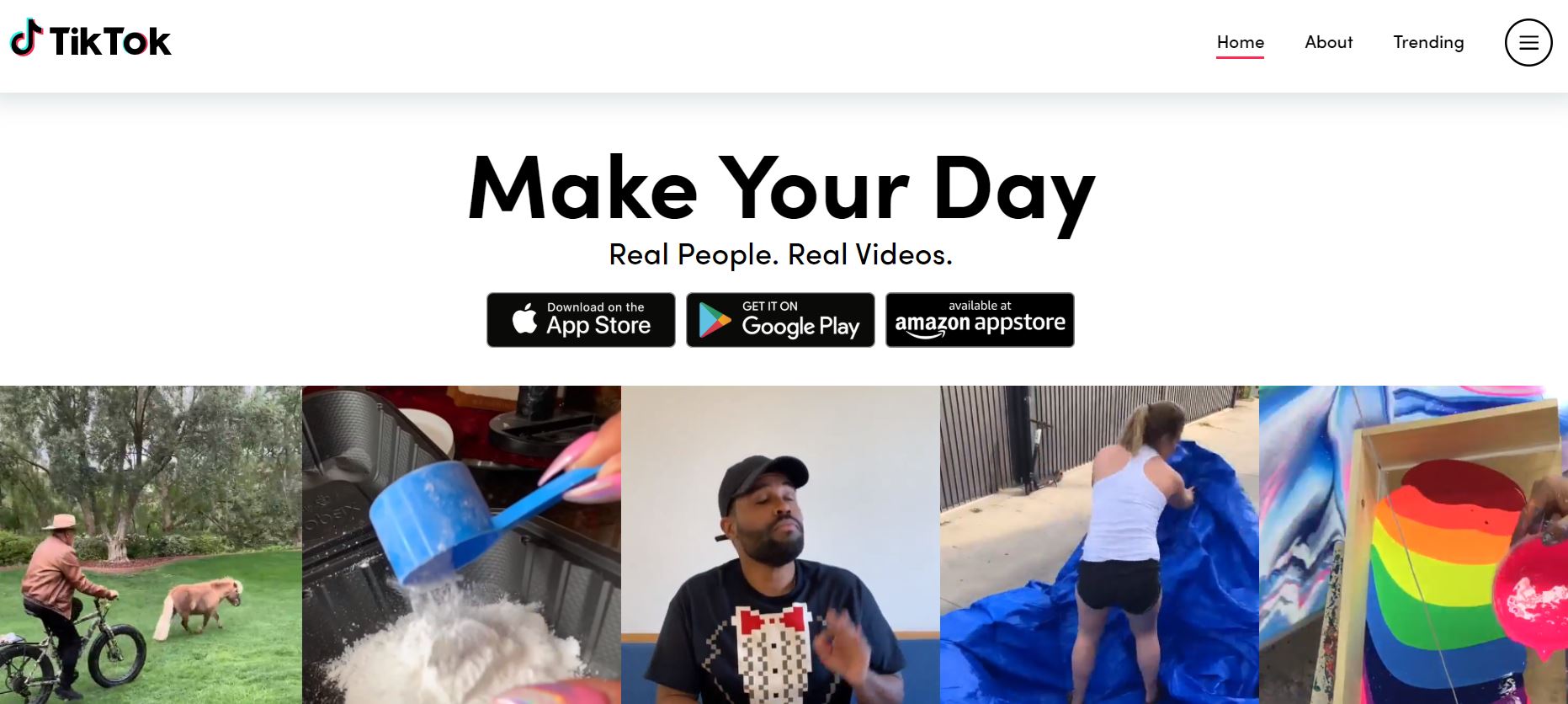
It was the second-most downloaded app in both Google Play and the Apple Store in November, and its downloads have jumped 25% in the U.S alone — no easy feat considering the millions of apps today’s smartphone users have access to.
In fact, as of January 7, TikTok is even out-besting Instagram, Snapchat and Messenger, in terms of downloads.
“TikTok is a powerful platform to place dollars in right now. We’re predicting it as the breakout channel this holiday season for retail and ecommerce brands. While their paid offering continues to be optimized and expanded – it has proven powerful results for a few of our clients this year.” – Lauren Guerrieri, Senior Manager, Paid Social at Tinuiti.

If you’re advertising strategy feels stagnant, 2020 is a good opportunity to test a new channel or marketplace. TikTok is just one of the many emerging channels for ecommerce brands to leverage in the new year.
To learn more visit our recent blog post.
What innovative retail trends are you most excited about for 2020? Comment below and let us know!
